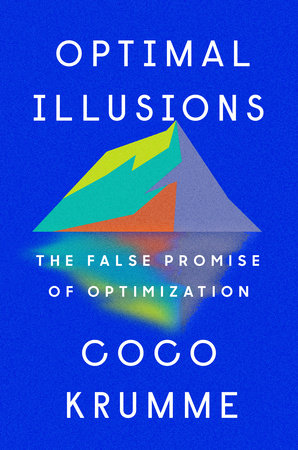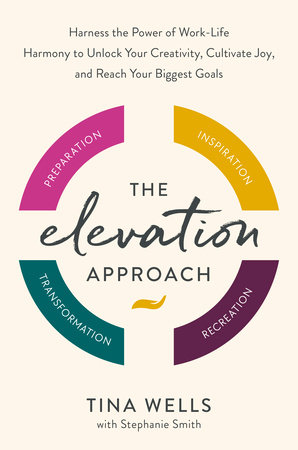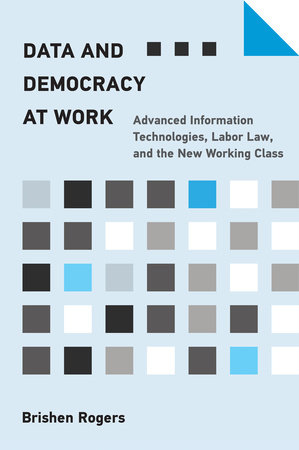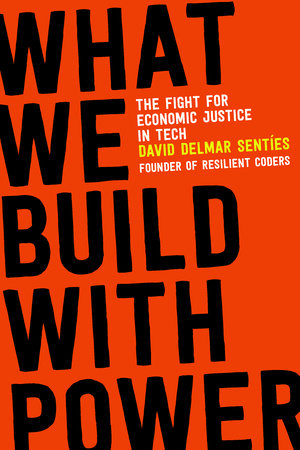A World Without Email is about reimagining workplace communication to enhance productivity and focus.
Find out why some modern work cultures are drowning in inefficient email communication and how you can revolutionize your approach to achieve higher productivity and deeper focus.
Key Ideas
The key concepts in A World Without Email are:
- Attention Resilience: Reduce the constant email distraction by scheduling specific times for checking and responding to emails, allowing for more focused work periods.
- Intentional Communication: Shift from back-and-forth emails to intentional messages that convey necessary information concisely, reducing unnecessary information overload.
- Process-Centric Workflows: Design clear and structured workflows that reduce the need for excessive email updates and approvals, streamlining collaboration.
- Embrace Slow Communication: Encourage the use of asynchronous communication tools, allowing team members to respond when it suits their focus and schedule.
- Implement Thematic Communication: Organize discussions around specific topics or projects using designated channels, reducing the reliance on overflowing email threads.
- Reduce Context-Switching: Minimize the constant toggling between emails and tasks by batching email-related activities during predetermined times.
- Value Personal Interaction: Prioritize face-to-face or voice-to-voice interactions for complex discussions, fostering deeper understanding and connection among team members.
Attention Resilience
The book advocates for a shift in our approach to email. Cal Newport suggests scheduling specific times for checking and responding to emails, a practice he terms “time blocking.” By doing so, we can reduce the distraction caused by constant email notifications. Newport explains, “By transitioning to this method, I could consistently complete more deep work in less time.”
“It’s not enough to just complain about the number of emails. Instead, we need to adopt a philosophy of attention resilience that acknowledges the challenges of the current world, and then designs strategies to focus within it.” – Cal Newport
Intentional Communication
Newport highlights the importance of shifting from back-and-forth emails to concise and intentional messages. He emphasizes that such a change can drastically reduce unnecessary information overload. By adopting this practice, teams can streamline communication and ensure crucial information isn’t buried in lengthy threads.
“The goal is to extract the relevant information and get out. This requires a shift in mindset and habits.” – Cal Newport
Process-Centric Workflows
The book delves into the concept of designing clear and structured workflows that minimize the need for constant email updates and approvals. Newport explains that by creating well-defined processes, teams can reduce friction and enhance collaboration, freeing up valuable time and mental energy.
“The process-centric approach turns communication into an integral part of the work itself, which streamlines the process.” – Cal Newport
Embrace Slow Communication
Newport introduces the idea of asynchronous communication as an alternative to the instant response culture. This approach allows team members to respond when they’re in a focused state of mind, reducing the pressure to be constantly available.
“Asynchronous communication can be an effective antidote to the always-on, always-available culture that pervades our lives.” – Cal Newport
Implement Thematic Communication
By organizing discussions around specific topics or projects using designated channels, teams can reduce the reliance on overflowing email threads. Newport suggests this approach can lead to more focused and relevant conversations.
“The shift from an inbox-centric approach to a channel-centric approach is subtle, but it has a profound impact on how we communicate.” – Cal Newport
Reduce Context-Switching
To combat the constant toggling between emails and tasks, Newport advises batching email-related activities during predetermined times. This practice minimizes the disruptive effect of context-switching and allows for more sustained focus on tasks.
“The true cost of an interruption is not the time it takes, but the time it takes to reestablish the level of focus that was present before the interruption occurred.” – Cal Newport
Value Personal Interaction
Newport emphasizes the value of face-to-face or voice-to-voice interactions for complex discussions. While the book focuses on reducing email reliance, it also underscores the significance of personal connections in building understanding and collaboration.
“By investing time in conversations, we can often avoid much more time-consuming misunderstandings and missteps.” – Cal Newport
By adopting these strategies, individuals and teams can navigate the digital communication age more effectively while maintaining their focus on meaningful work.
Actionable Advice
- Implement Time Blocking: Schedule specific time slots for checking and responding to emails, allowing for uninterrupted periods of deep work.
- Adopt Asynchronous Communication: Embrace tools and practices that allow team members to respond to messages at their own pace, reducing the pressure of instant replies.
- Create Clear Workflows: Design structured processes that minimize the need for constant email updates, streamlining collaboration and reducing information overload.
What Are the Similarities and Differences Between “The Practice” and “A World Without Email”?
The Practice and A World Without Email both explore methods for improving your skills and expertise. These works highlight the importance of honing one’s abilities to excel in your professional life. While The Practice delves into deliberate practice and deep work, A World Without Email focuses on eliminating email overload to enhance productivity. Despite their different approaches, both books offer valuable insights into optimizing performance in the modern workplace.
How You Will Improve
Your Life
Discover methods to regain focus and reclaim your time by reshaping how you interact with email, leading to increased productivity and a more balanced work-life dynamic.
Your Business
Revolutionize communication workflows to enhance team collaboration, streamline processes, and boost overall efficiency, fostering a more productive and innovative work environment.
Your Relationships
Cultivate deeper connections by valuing personal interactions and meaningful conversations, which can lead to improved understanding, clearer communication, and stronger bonds within both professional and personal relationships.
Who is Cal Newport?
Cal Newport is an accomplished author and computer science professor known for his insightful perspectives on productivity, focus, and digital minimalism. He holds a computer science Ph.D. from MIT and has written extensively on topics related to technology’s impact on work and life.
He believes that our modern digital culture often hampers deep work and mental clarity. Through his books, he provides practical strategies for optimizing work habits, improving focus, and navigating the challenges of a digitally connected world.
More Books from Cal Newport
- “Deep Work: Rules for Focused Success in a Distracted World”: Newport’s acclaimed book explores the benefits of cultivating deep, focused work amidst a world filled with distractions. He presents actionable methods to enhance productivity and achieve high-quality results.
- “Digital Minimalism: Choosing a Focused Life in a Noisy World”: In this book, Newport delves into the idea of reducing digital clutter and intentional technology usage to create a more meaningful and balanced life. He offers insights into reclaiming control over our attention and reconnecting with meaningful activities.
Read These Next
You might like these similar books:
- “Deep Work” by Cal Newport
- “Digital Minimalism” by Cal Newport
- “Atomic Habits” by James Clear
- “Essentialism” by Greg McKeown
- “The Power of Habit” by Charles Duhigg







